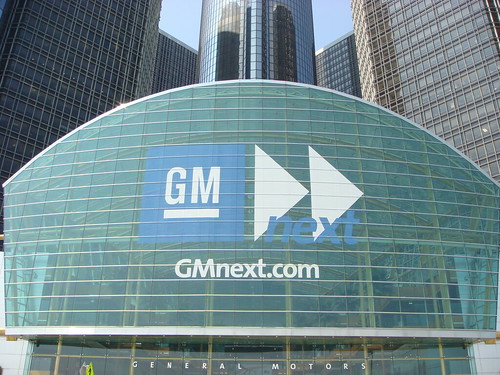Smart Growth America reviews the state of stimulus spending on transportation 120 days since rollout
(Source: Streetsblog, WATodau.au.com, Smart Growth America)
Within the $787 billion stimulus bill that became law in February, Congress provided states and Metropolitan Planning Organizations (MPOs) with $26.6 billion in flexible funds for transportation projects. Today marks 120 days from the apportionment of the funds to the states.
Smart Growth America released a report today examining how well states have been spending these billions. As they say on the Smart Growth America blog today, not only did the money arrive in a time of economic recession, but “at a time of embarrassingly large backlogs of road and bridge repairs, inadequate and underfunded public transportation systems, and too-few convenient, affordable transportation options.”
So after 120 days, how have states done in addressing these pressing needs and investing in progress for their communities?
After analyzing project descriptions provided by states and MPOs, Smart Growth America found forward looking states and communities that used the stimulus money as flexibly as possible, repairing roads and bridges and making the kinds of smart, 21st century transportation investments that their communities need to support strong economic growth.
While some states proved excellent at investing wisely and making progress, most states failed to fulfill pressing transportation needs. Nearly one-third of the money, $6.6 billion, went towards building new road capacity. Only 2.8% was spent on public transportation, and 0.9% percent on non-motorized projects.
The Secretary of Transportation, Ray Lahood, in his daily blog noted that ARRA is working successfully across America. Some folks in the transportation community are not totally happy about how the money had been spent. Streetsblog points out that $6.6B in Stimulus Cash is spent on New Roads, Not Repair. It says:
Distressingly — but unsurprisingly — quite a lot is going to new roads rather than repair of existing ones. Of the $26.6 billion sent to states under a flexible transportation mandate, SGA found that $6.6 billion has gone towards building new highway capacity.
Only $185 million of the flexible stimulus aid has been used on transit and non-motorized transportation, which was given about $8 billionin separate funding as well.
One culprit behind this questionable use of taxpayer money, as SGA reports, is a theme at risk of repeating itself during the upcoming debate over broad transportation reform: the lack of accountability.
Most states and localities reported the projects they selected for stimulus aid only after the fact, allowing a privately run website to monitor the process much faster than the Obama administration.
But inconsistent reporting is just the beginning of the problem, as SGA points out in its report:
Most states failed to educate, engage, and seek input from the public before making decisions. … There is not a clear articulation of what project portfolios should accomplish, no methods identified for evaluating projects against these goals or against one another, and few repercussions for achieving or failing to achieve these goals.
SGA mined the stimulus itself, as well as comments by administration officials, to produce a list of nine goals that can be used to evaluate its transportation spending. But the lack of tangible consequences for not meeting those goals has left states free to spend at will, often focusing more on the report’s No. 1 objective (“create and save jobs”) than Nos. 5 (“improve public transportation”), 7 (“cut greenhouse gas emissions”), and 8 (“not contribute to additional sprawl”).
Interestingly enough, Senior White House adviser David Axelrod says the economic stimulus package has not yet “broken the back of the recession” but set aside calls for a second massive spending bill. Republicans, meanwhile, have called the spending under way a failure.
Some economists and business leaders have called for a second spending bill designed to help guide the economy through a downturn that has left millions without jobs. Axelrod said it’s too early to know if more spending would be needed or if the administration would seek more money from Congress.
“Most of the stimulus money – the economic recovery money – is yet to be spent. Let’s see what impact that has,” Axelrod said. “I’m not going to make any judgment as to whether we need more. We have confidence that the things we’re doing are going to help, but we’ve said repeatedly, it’s going to take time, and it will take time. It took years to get into the mess we’re in. It’s not going to take months to get out of it.”
Click here to download Smart Growth for America’s report: The States and the Stimulus – Are they using it to create jobs and 21st century transportation?











